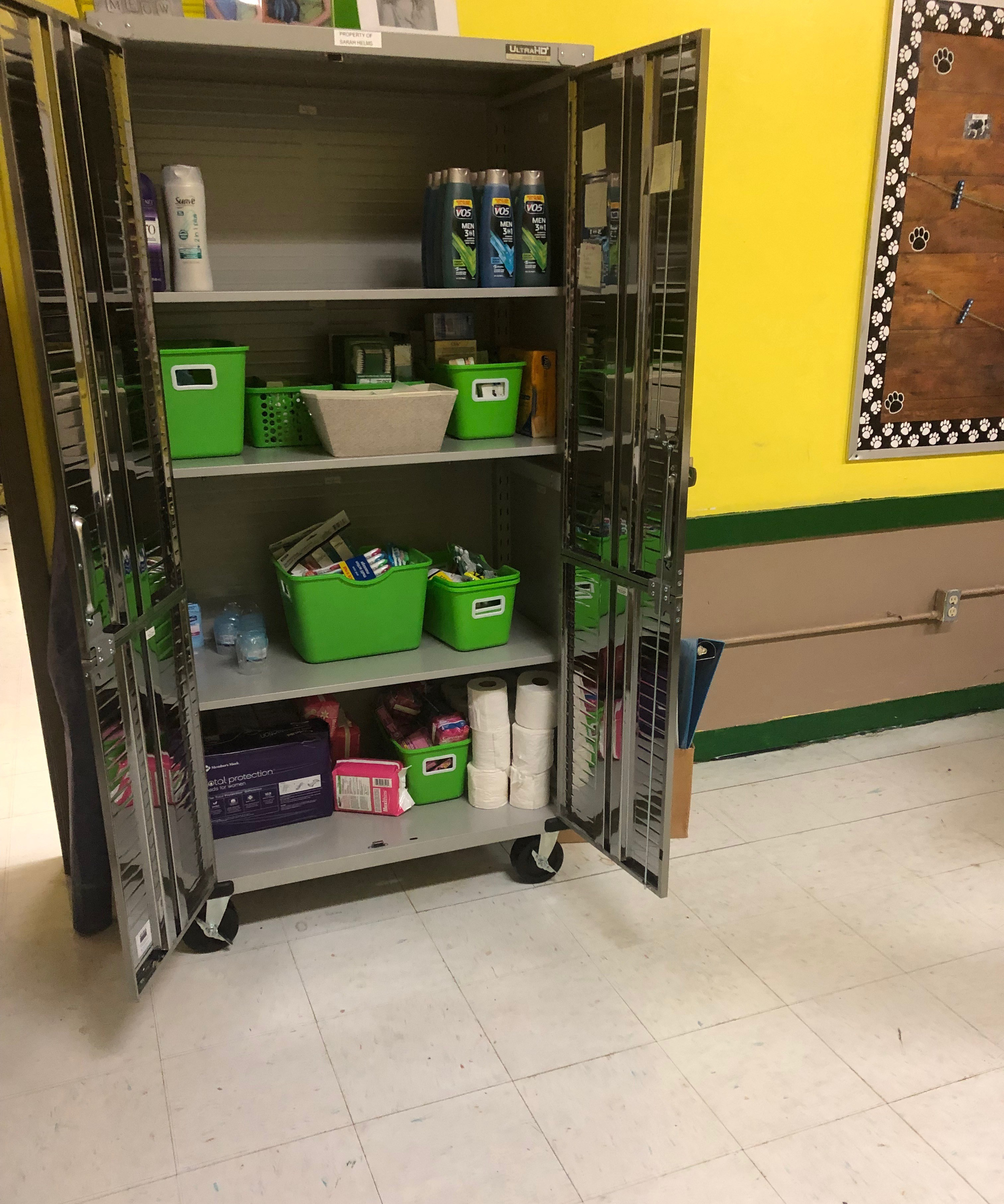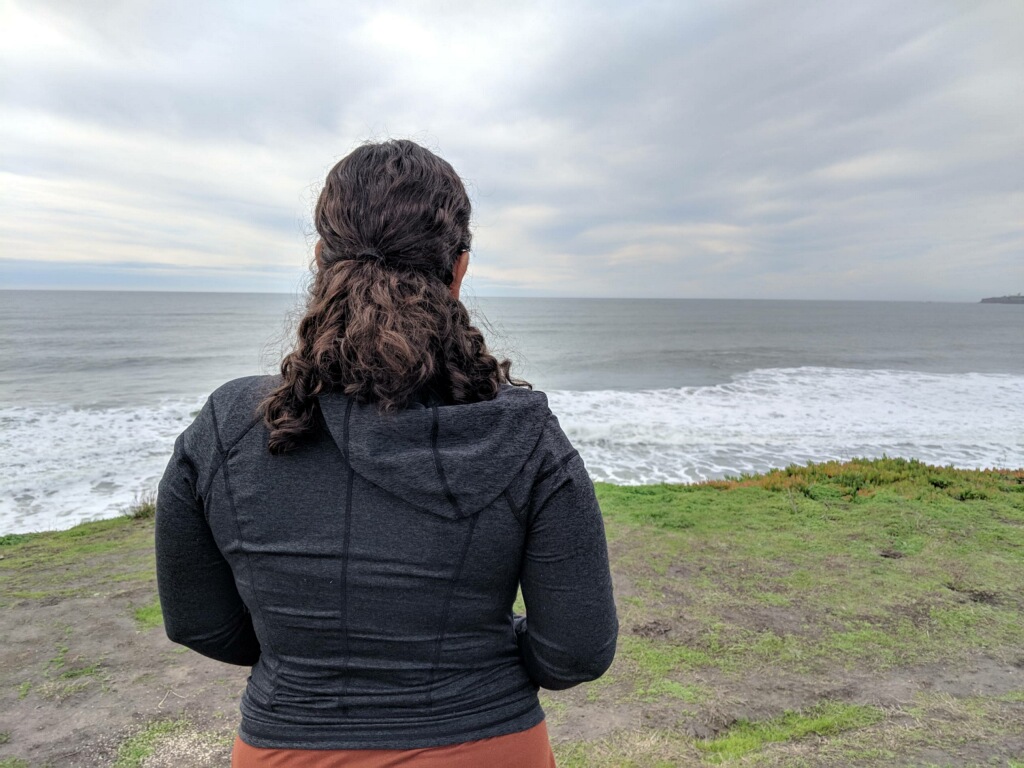
This audio piece first appeared on KALW‘s Crosscurrents
2020 was definitely not the year that recent high school graduate Anna was expecting. She’s 18-years-old and asked to use a pseudonym to protect her privacy. Instead of a senior year on campus with her friends, Anna spent most of it at home. In her bedroom. Logging onto classes on a laptop in her closet.
Anna says she had already experienced anxiety attacks before lockdown. But having to join classes from home introduced a whole set of new challenges. And being cooped up at home with her family was really hard.
She says they fought over the littlest of things “like who finished the peanut butter, who finished the yogurt.”
Anna’s experience is quite common. Emotional and behavioral health challenges in teens were already a growing concern before the pandemic. Shelter-in-place just made these challenges worse. So much so, reported suicide attempts increased almost two fold at some points in 2020, compared to 2019.
Research from last year found that remote learning, isolation and disruption in sleep or eating habits can all contribute to teen stress and anxiety.
Laura Fraser is a San Francisco-based psychotherapist who works in private practice with adolescents and families. She says the isolation and the lack of activity removed a huge source of how people can care for themselves. “Which has only exacerbated already existing anxiety and depression and eating disorders and all kinds of things. Family tensions, too,” says Fraser.
Teenagers are social creatures, she says. Their interactions at this age with friends and other people help them develop relationship skills and navigate emotional closeness and distance.
And social interaction is also essential for another reason. Fraser says it’s common for adolescents to compare themselves with their peers, thinking others have it all figured out.
“And so those fears get loud, and part of the way we find out that those fears are only that — fears — is by all the incidental interactions that take place in a day,” she explains.
Of course, those interactions may not always be positive. But being physically on campus can provide a safe environment for students to express themselves.
Fraser says: “So maybe they’re walking down the hall and somebody gives them a big smile or somebody runs up to them and says, ‘Hey, you know that thing you said? It totally cracked me up in class today!’”
And those things are great, she says, because that provides students with “a store of evidence to fight against the fears that they have about how they are in the world.”
In-person learning has other benefits. Anna’s parents are very strict with her, based on their own family traditions. So school was a sanctuary that allowed her to be herself and have conversations that she’d never have at home.
Anna admits that she became “kind of a loner” when her two friends moved away during lockdown: “I’m not really that much of a sociable person anymore… those were my only two friends.”
Melissa Ambrose is wellness coordinator for Jefferson Union High School District in San Mateo County. She hears stories like Anna’s all the time.
Ambrose says that, over lockdown, overcrowded homes, financial distress and family trauma added to students’ stress about home learning.
“These kids have had a year and a half of building the habit of lying in bed, not being dressed, eating, you know, whatever they’re eating in bed. Scrolling through Instagram, tuning into their class and napping intermittently,” she says.
To counter this, Ambrose and other Jefferson Union wellness counselors joined virtual classrooms and hosted small group chats. They also launched Instagram feeds with wellness tips and information on finding mental health counselling if you don’t have insurance.
And they hosted a suicide prevention night with breakout rooms in several languages to reach as many parents and caregivers as possible.
Other solutions to the loss of in-person time came from the students themselves. Last October, Anna and other teens in the Jefferson Union school district decided to make a podcast, called It’s Always Something. They experimented with different styles and topics. MK Munoz, who often leads the podcast discussions, says a good example of this was when insurrectionists stormed the U.S. capitol on January 6.
“That happened like five hours before our normal meeting. It’s like, yo, the capital is under attack. Y’all want to talk about it?” she says.
Making the shows gave the students a regular day and time to meet. Kind of like the locker chat and lunchtime banter that they lost last year.
Anna’s just started classes at a local community college. But she hopes to continue helping with the podcast if she has time, because she likes how being involved makes her feel.
Many California schools are working on programming for mental health this coming year. In addition to pandemic-related federal funds for K-12 schools, the state budget approved in July provides $4 billion over five years to help school and college students cope with anxiety, depression and stress.
A report from a coalition of bipartisan education groups — including the California PTA and the California Teachers Association — has urged schools to use their COVID funding to support mental health programs this year.
The report recommends school districts take six weeks to offer students, families and educators what they call “a restorative restart.”
Recommendations include conducting regular student wellness screenings and providing mental health support.
Given teaching pressures, though, many schools may not take that recommended time.
Ambrose says it takes time for post traumatic stress to set in and become activated. “So I think like around December, January, we’re going to start to see the mental health impact both on the adults and the students,” she says.
Ambrose has enlisted the help of a trauma therapist who has worked with students affected by the Paradise and other California wildfires. A grant from the government’s Mental Health Student Services Act will enable the school district to deliver a Stanford-developed social emotional learning curriculum with weekly classes for ninth and tenth graders.
The district also hired three new mental health staff members. Each of its five high schools now has multiple mental health workers to support students.
Ambrose says it’s important to acknowledge that students lost some significant “connectedness and humanity and well being” over lockdown, and then tackle that. She concludes: “Our job is to recreate connections, recreate humanity, recreate resilience. And love the hell out of them and love the hell out of each other.”
September is National Suicide Prevention Month. For more information about mental health and wellness support, contact:
California Parent & Youth Helpline: 877-427-2736
National Suicide Prevention Lifeline: 1-800-273-8255
Crisis Textline: Text HOME to 741-741
The Trevor Project (for LGBTQ+ youth): 1-866-488-7386 or text START to 678-678





